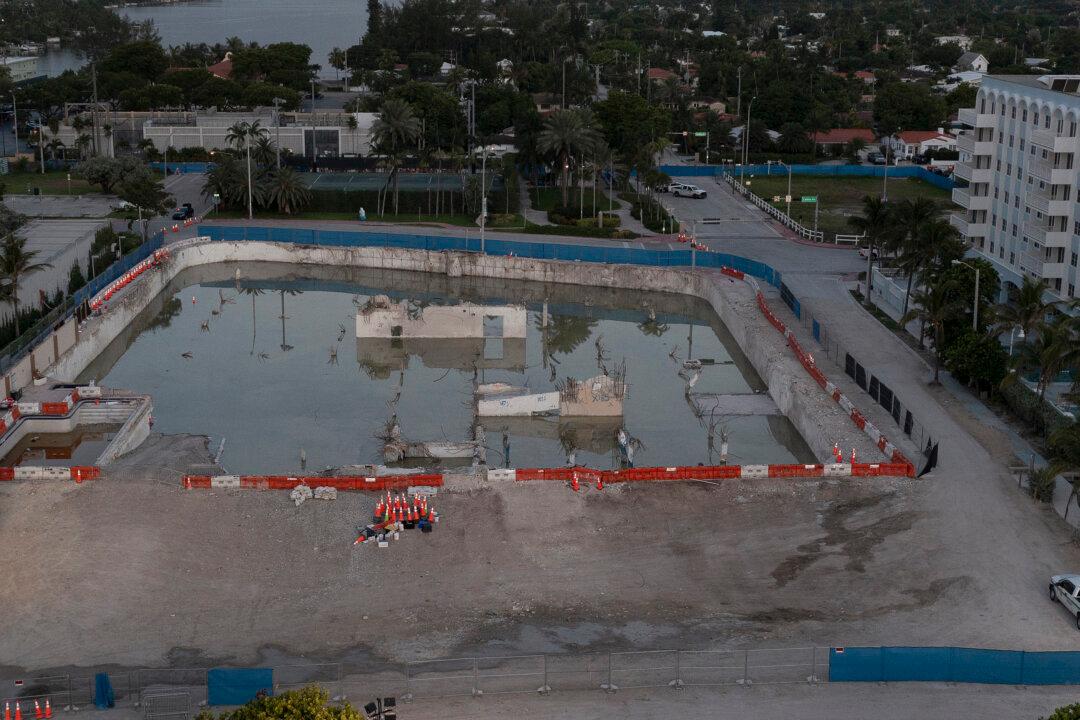By Alex Harris
From Miami Herald
SURFSIDE, Fla.—Scraped clean of tons of rubble late last month, the bare garage floor of Champlain Towers South appears to rule out at least one early suspect in its catastrophic collapse.

SURFSIDE, Fla.—Scraped clean of tons of rubble late last month, the bare garage floor of Champlain Towers South appears to rule out at least one early suspect in its catastrophic collapse.